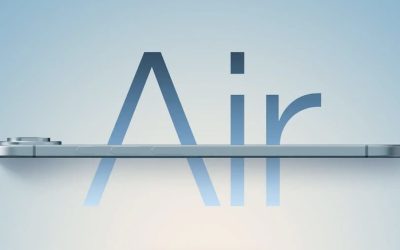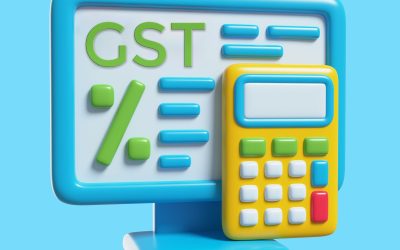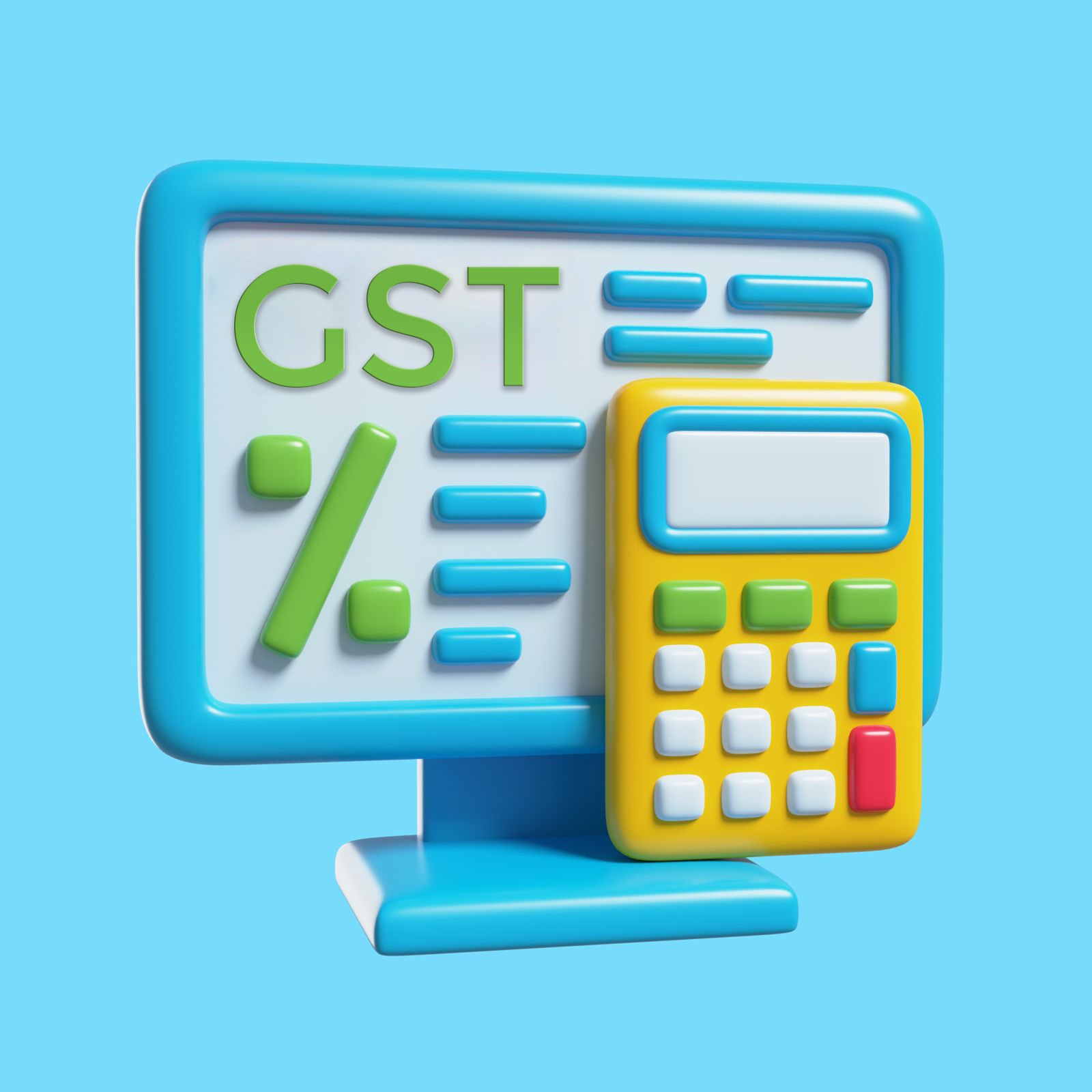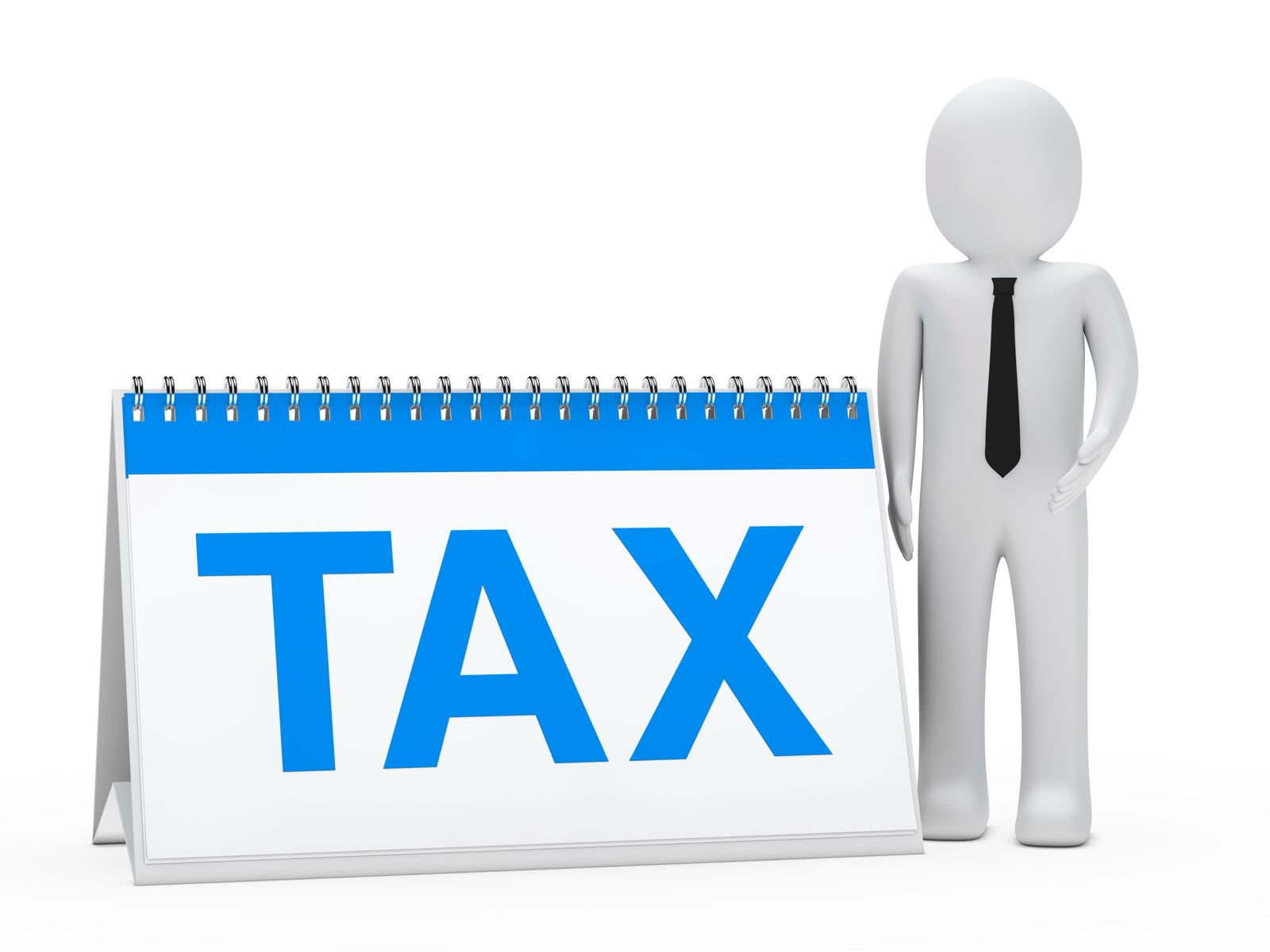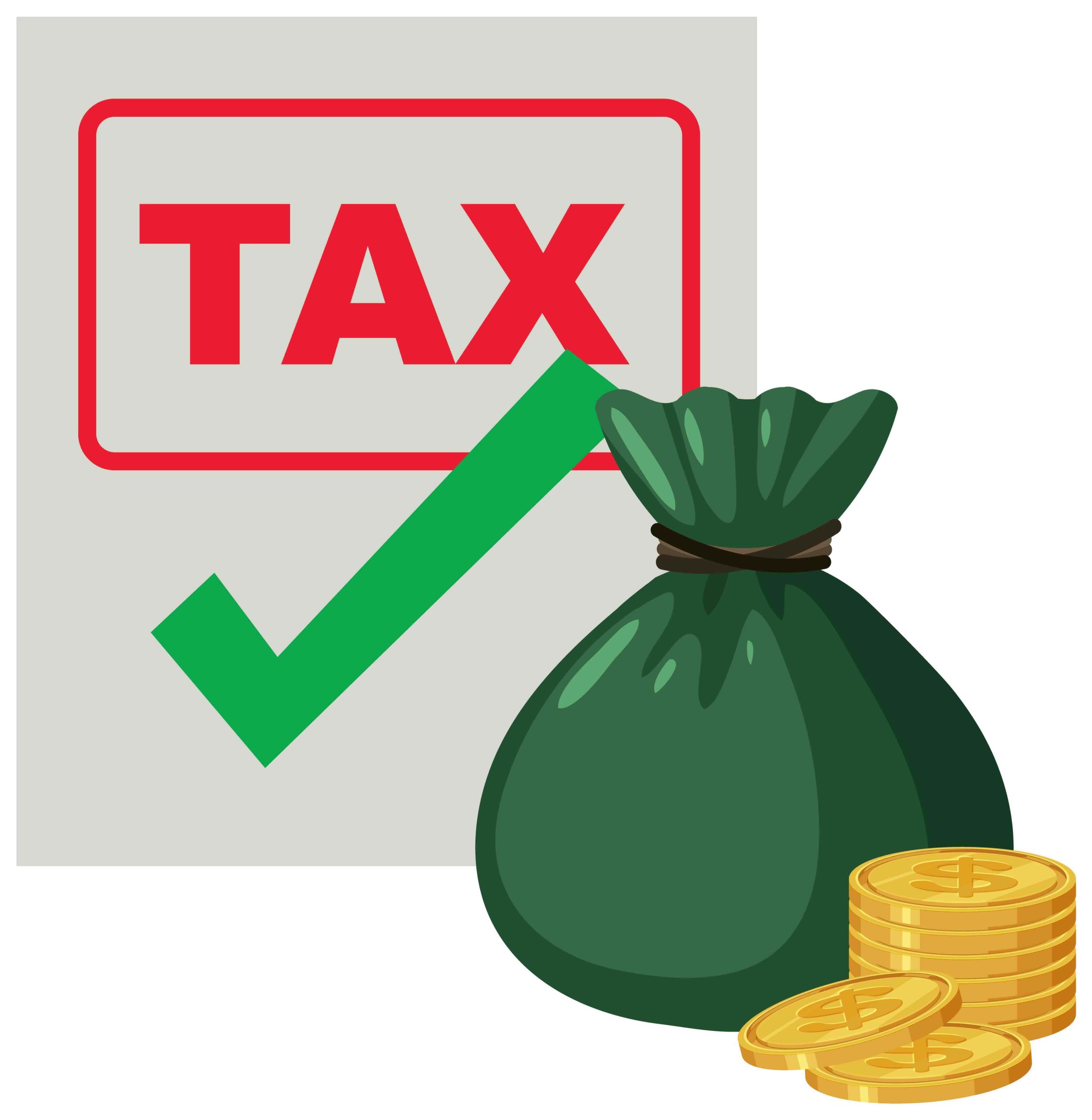
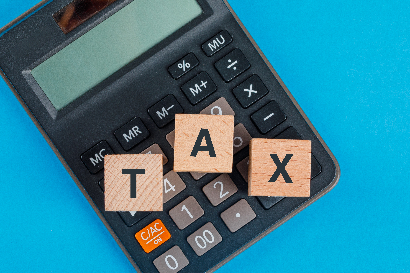
ITR Filing: Comparing Deductions Under Old vs New Tax Regime for FY 2024-25
The government has extended the deadline for filing income tax returns (ITR) for Financial Year (FY) 2024-25 (Assessment Year 2025-26) to September 15, 2025. Taxpayers now have additional time to evaluate whether the old tax regime or the new tax regime works better for them.
Both regimes have their own advantages:
- The old tax regime offers multiple deductions and exemptions to reduce taxable income.
- The new tax regime provides lower tax rates but restricts deductions.
Here’s a comparison of the major deductions and benefits available under each.
✅ Deductions Available in the Old Regime
- Section 24(b): Home Loan Interest
- Up to ₹2,00,000 deduction for self-occupied property.
- For let-out property, there is no upper limit on interest deduction.
- Section 80C, 80CCC, 80CCD(1)
- Combined deduction limit of ₹1,50,000.
- Covers investments in PF, life insurance, ELSS, pension schemes, etc.
- Section 80CCD(1B): Additional NPS Deduction
- Extra ₹50,000 deduction for contributions to pension schemes.
- Section 80D: Health Insurance Premiums
- Self, spouse & dependent children: ₹25,000.
- Parents: ₹25,000 (₹50,000 if parents are senior citizens).
- Preventive health check-ups: ₹5,000 (within the above limits).
- Section 80DDB: Medical Treatment for Specified Diseases
- Deduction up to ₹40,000 for non-senior citizens.
- Up to ₹1,00,000 for senior citizens.
- Section 80EE: Home Loan Interest (First-Time Buyers)
- Additional ₹50,000 deduction over Section 24(b).
- Section 80EEB: Electric Vehicle Loan
- Deduction up to ₹1,50,000 on interest for loans on eligible EVs.
- Section 80GG: Rent Paid (No HRA Received)
- Deduction available for salaried individuals without HRA and self-employed persons.
- Section 80G: Donations
- Deduction on donations to charitable institutions (cash donations capped at ₹2,000).
- Savings Account Interest
- Up to ₹10,000 deduction on savings account interest.
- Rebate Under Section 87A
- Rebate up to ₹12,500 for taxable income up to ₹5 lakh.
- Additional Deductions
- Benefits available for specially-abled taxpayers.
✅ Deductions & Benefits Under the New Regime
- Lower Tax Rates
- New tax slabs offer reduced rates, but deductions are limited.
- Standard Deduction
- ₹75,000 for salaried taxpayers.
- Section 87A Rebate
- Full tax rebate up to ₹25,000 if taxable income is up to ₹7 lakh.
- Section 80CCD(2): Employer’s Contribution to Pension Scheme
- Deduction up to 14% of salary for government employees.
- Up to 10% of salary for other employees.
- Section 24(b): Home Loan Interest (Let-Out Property)
- No upper cap on deduction for interest on let-out properties.
- Agnipath Scheme Contributions
- Eligible for deduction under the new regime.
⚖️ Which Regime Should You Choose?
- If you have significant investments, insurance premiums, home loan interest, or medical expenses, the old regime may help reduce your tax burden.
- If you don’t claim many deductions and prefer simplified lower tax rates, the new regime is likely more beneficial.
📌 Key Takeaway
The old regime rewards tax planning through investments, while the new regime favors simplicity with lower rates. With the extended filing deadline till September 15, 2025, taxpayers should carefully calculate tax liability under both regimes before filing their ITR.




